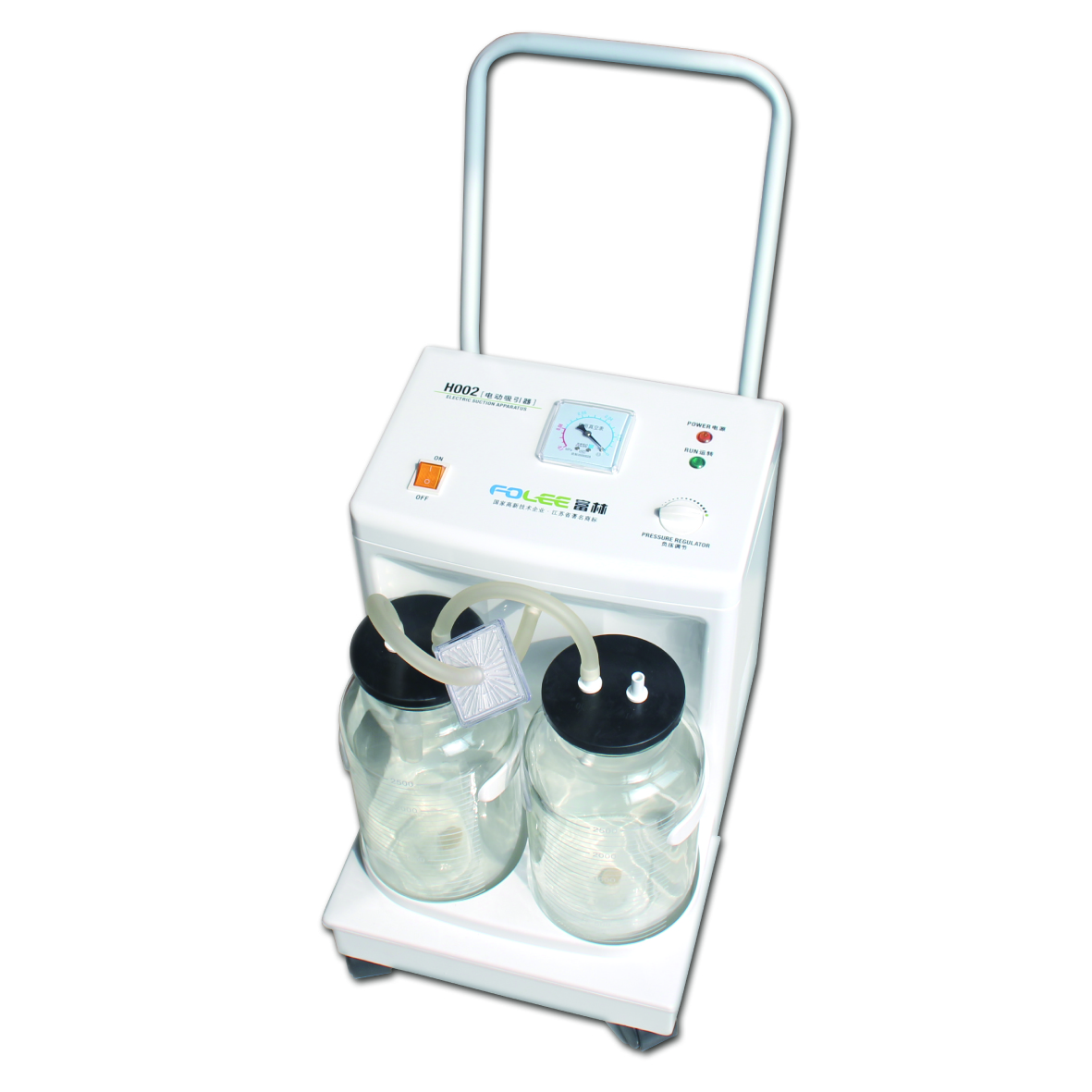How a Suction Machine Works
SUCTION MACHINE
It is also known as an aspirator, it is a special medical device that is primarily used for removing obstructions like mucus, saliva, blood or secretions from a person’s airway.
Basically it removes respiratory secretions when the patient is unable to. It is an integral part of a treatment plan when a patient’s airway is partially or completely obscured.
Some uses include:
Remove respiratory secretions when the patient is unable to.
Assisting a patient that is vomiting while seizing or unconscious.
Clearing blood from the airway.
Removing a foreign substance from a patient’s windpipe or lungs.
Types of Suction Device
Manual Suction: They do not require electricity to function and the are design as simple as a handheld bulb that can expel mucus from a child’s nasal cavity, they can easily be used in emergency setting since they do not require power to function.
Stationary suction: for a very long time they were the most reliable, effective and consistent. the only con to stationary suction is that when it came to transportation from one point to another it became difficult hence people tend to avoid it.
Portable suction: They are advance in aspirator and battery technology, they are designed to be light weight and easy to move or transport making them perfect for both patients and medical professionals.
Uses of Suction Machine
Ongoing Patient care: Patient may require the machine if the are unable to clear their own secretions, includes patients who are receiving palliative care
Pre hospital: It help emergency responders establish ABC (Airway, Breathing, Circulation)
In hospital: Most hospitals are designed to have stationary wall-mounted suction machines, they use stationary aspirators as a part of standard procedures such as tracheotomies

How it works
Portable machine generates negative pressure which is channeled through a special type of plastic connecting tube called a single use catheter the negative pressure creates a vacuum effect that pulls any blood, mucus or similar secretions out of the throat.



Component within a suction machine
Disposable/rechargeable batteries: they ensure hat they can provide suction capabilities when a reliable power source is not available
Suction/vacuum pump: It is located inside of the aspirator and it is responsible for negative pressure
Connecting tubing: Connects the pump to the collection canister, it should never touch the content within the canister
Sterile patient tubing: It attaches to the suctioning tip and carries the patient’s secretions into the canister
Disposable canister: It holds the patient’s secretions and often provides overflow protection capabilities in case to much fluid is suctioned out of the patient, it should be disposed immediately after use.
Power cord: It is used to charge the machine if it is close to a power outlet.
Filter: A disposable canister should support the use of bacterial filter.

Parts of a suction machine
Patient tubing input
Collection container
Collection container holder
Connection tubing
Vacuum gauge
Power Switch
Power source indicator
Battery condition indicator
Power cord
Power input
Vacuum regulator

